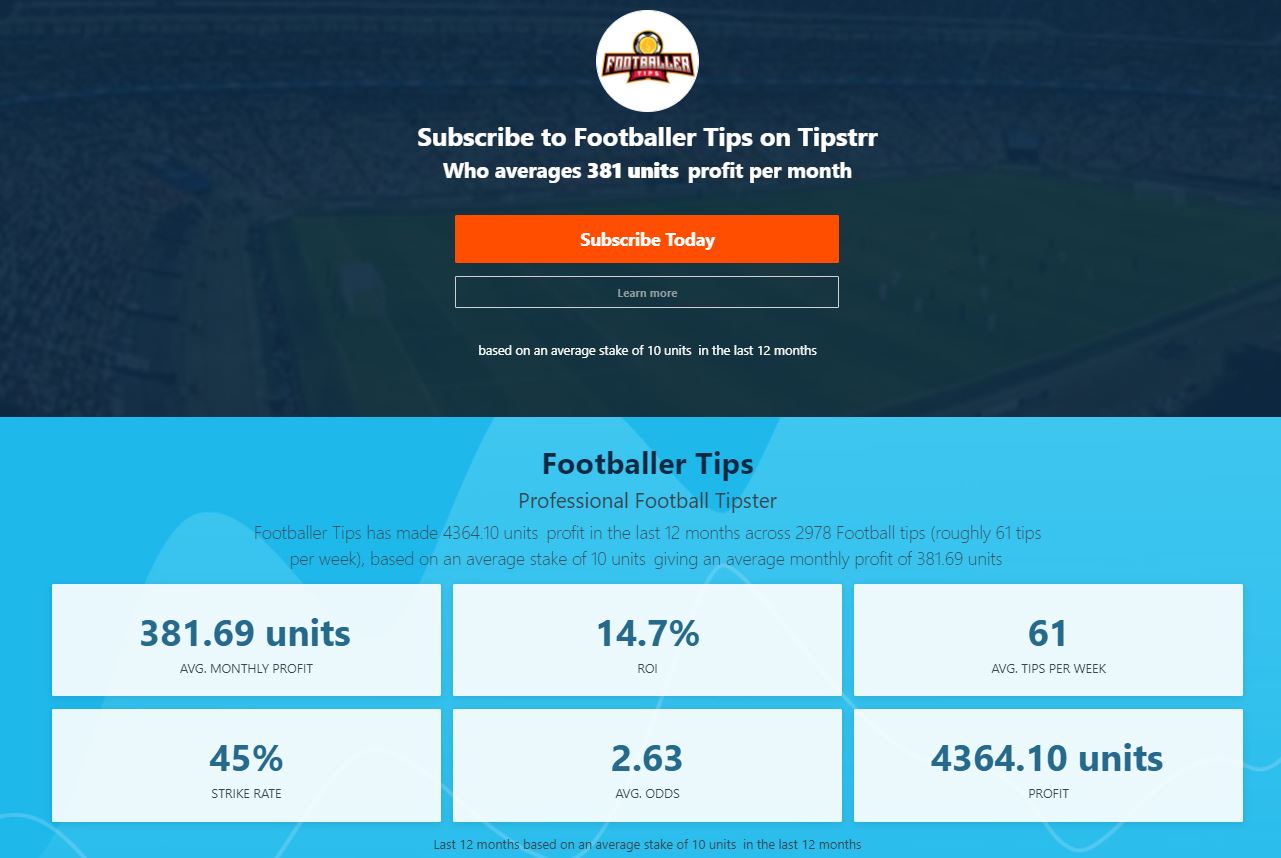In recent years, the football arena has seen a significant shift, fuelled by the rising integration of scientific advancements into the game. Football data analysis has become a crucial aspect of today’s game strategy, allowing teams to enhance performance and gain a winning edge. This rapidly changing field merges statistics, data presentation, and forecasting to offer profound insights into the capabilities of players, the flow of matches, and tactical approaches.
Football analysts occupy a critical role in this progressive landscape, utilizing various methods and methodologies to decode the intricacies of the game. Their work goes above mere numbers, encompassing a comprehensive understanding of the movements of players, team formations, and game strategies. By bridging the gap between data and practical application, analysts help coaches and players make informed decisions that can significantly influence the outcome of matches. As we delve deeper the world of football analysis, we will uncover the methods and technologies that are transforming how the game of football is performed and perceived today.
Methods for Collecting Data
In the area of football analysis, the foundation lies in effective data collection methods. Researchers use various approaches to acquire quantitative and qualitative data that yield insights into athlete performance, team dynamics, and overall game tactics. One of the key methods involves tracking player movements and ball data during matches. Sophisticated technologies like GPS trackers and wearable devices capture real-time metrics, including speed, distance covered, and positional shifts, which are essential for understanding how players impact to the game. Nohu
In addition to tracking systems, video evaluation has become an essential tool for analysts. By examining match footage, analysts can assess player actions, tactical alignments, and decision-making strategies. This video data helps to reveal patterns that may not be obvious through statistics alone. Analysts often employ programs for video breakdowns, enabling them to annotate critical moments and disseminate these insights with coaches and players for specific improvements.
Surveys and interviews also play a crucial role in football analysis. Collecting personal opinions from players, coaches, and sports scientists can yield important insights that enhance the quantitative data gathered. These techniques allow researchers to assess aspects such as team morale, communication, and other psychological factors that affect performance. Combining these multiple data collection techniques enables a comprehensive understanding of the game, which is necessary for making educated decisions and strategy adjustments.
Analytical Instruments and Technologies
In the realm of football analysis, technology plays a vital role in transforming unprocessed data into practical insights. One of the widely used tools is film evaluation software, which allows analysts to deconstruct game footage frame by frame. By observing player movements, formations, and tactics, analysts can detect patterns that are not immediately apparent during live matches. This software enables teams to evaluate their performance and that of their rivals more comprehensively, providing a comprehensive understanding of each game.
Another essential technology is monitoring systems that use global positioning system and trackable devices to gather performance data on players during training and matches. These systems track metrics such as distance covered, speed, and heart rate, offering a detailed view of an athlete’s physical condition and performance levels. This data is critical for gauging player fatigue, optimizing training loads, and improving overall team performance. The melding of such technologies has transformed how teams prepare for games and adjust strategies in real time.
Data analysis platforms are also becoming progressively prominent in football. These platforms handle vast amounts of data, including player statistics, match results, and situational factors. Analysts use advanced statistical methods and machine learning algorithms to discover insights that help teams make knowledgeable decisions, from player recruitment to tactical adjustments. By leveraging these analytical tools, clubs can gain competitive advantages, enhancing their chances of success on the pitch.

Impact of Analysis on Team Effectiveness
Soccer evaluation has deeply changed how teams prepare and compete. By utilizing sophisticated data and performance information, analysts can pinpoint strengths and disadvantages in both their own team and opponents. This information allows coaches to develop customized strategies that improve effectiveness on the pitch. For instance, scrutinizing players’ movement behaviors can assist optimize structures and tactics, leading in more fluid gameplay and enhanced cohesiveness.
Additionally, the role of video analysis is crucial. Coaches and analysts dissect match footage to scrutinize every element of player behavior and team dynamics. This visualized input allows players to understand their roles more effectively, recognize tactical changes during matches, and gain insights from both successes and mistakes. As a result, cultivating a culture of continuous improvement, teams can adapt more swiftly to the changing demands of the sport.
In addition, the effect of analysis extends past short-term effectiveness. Long-term player development is improved through detailed profiling and performance tracking. Analysts can monitor player progression, injury avoidance, and conditioning, which guides decisions on training regimens and match-day roster choices. As a result, informed analysis not only enhances current team effectiveness but also establishes the foundation for sustained success over periods, illustrating the essential intersection of science and football.
